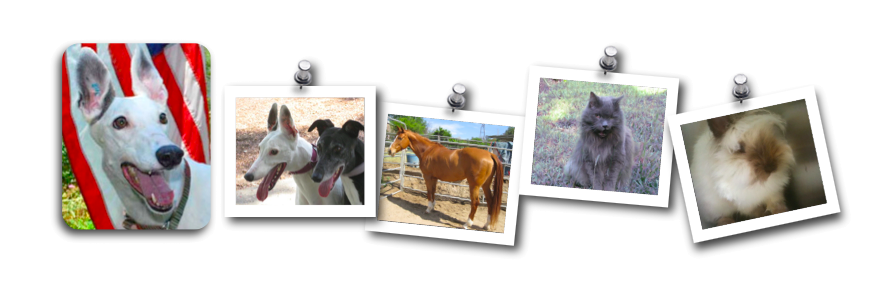Ten household holiday items that could potentially harm dogs and other pets.
Decorations may set the perfect mood this holiday season, but ornaments, tinsel, and other items can be a recipe for disaster for your furry family members. Veterinarians recommend keeping animals separated from dangerous items in your home, such as the following:
People food and table scraps. “The biggest problems we see over the holidays are emergencies related to table scraps,” explains Dr. David Bessler, emergency medicine clinician at NYC Veterinary Specialists. “Whenever we gather for large family meals, we love to include our pets as part of the family. Great idea, but do it right! Dogs should not be fed fatty ‘people-food’ – not because it will make them fat, but because it can cause vomiting, diarrhea, and pancreatitis, an often fatal disease which claims the lives of thousands of dogs every year.”
Bones. “There is no safe bone,” Bessler says. “Chicken bones, cooked or uncooked, beef bones, and fish bones have all killed dogs. Bones get stuck in the esophagus, stomach, and intestines, and can poke through the walls of those organs, meaning almost certain death. To those people who say, ‘but dogs eat bones in the wild!’ I say, ‘Bones kill dogs in the wild, too.’ A bone that fits down the throat of a wolf does not fit down the throat of a Yorkie.”
Cords and tree lights. Electrocution is prevalent in young animals, such as puppies or kittens, who are more apt to explore objects by mouthing or chewing objects such as electrical cords and tree lights.
Real Christmas trees. “A lot of pet owners are choosing to go with artificial trees,” says Dr. Sonja Olson, head of emergency services at Florida Veterinary Specialists. “It’s not that real Christmas trees are toxic to pets, but tree needles can be irritating and extremely harmful to pets’ digestive tracts when swallowed. Pets also like to drink tree water, which may sort of taste like tea, but it can also be harmful to their digestive tracts, so people have to be sure to cover up the tree water and keep pets from drinking it.”
Ornaments. “The glass tree ornaments look like regular toys to dogs, so they’ll bite into them and get a mouth full of glass,” Bessler says.
Chocolate. “It’s always best to keep a pet away from chocolate,” Bessler says. While it takes a large amount of milk chocolate to make an animal sick, dark chocolate is 10 times more poisonous than milk chocolate.
Potpourri. “Potpourri and especially the oil-based potpourri people often burn over a flame can be very harmful to pets,” says Olson. “Cats will lick it off of their paws and ingest it. This type of oil is a very significant irritant when ingested. It’s important to make sure our pets stay far away from any kind of potpourri.”
Plants. While many holiday plants are not fatally poisonous to animals, poinsettias and holly can cause mouth irritation, drooling, vomiting and diarrhea.
Bread dough and yeast. Dogs may sneak some bread dough meant for holiday treats. In the process of rising, the dough expands in the stomach and the yeast produces ethanol. This can lead to severe problems including alcohol poisoning, stomach distension, and potential bloat.
Tinsel. “Cats will play with tinsel and eat it,” Bessler says. The problem is it can become impacted in their intestines. “Sometimes the strings can cause their intestines to get bunched up into a knot. And, if the problem continues, it can actually saw through the intestines.”
Keeping your dog’s safety and well-being in mind can help ensure that all members of your family have a happy holiday!
Posted 2007 at dogchannel.com
